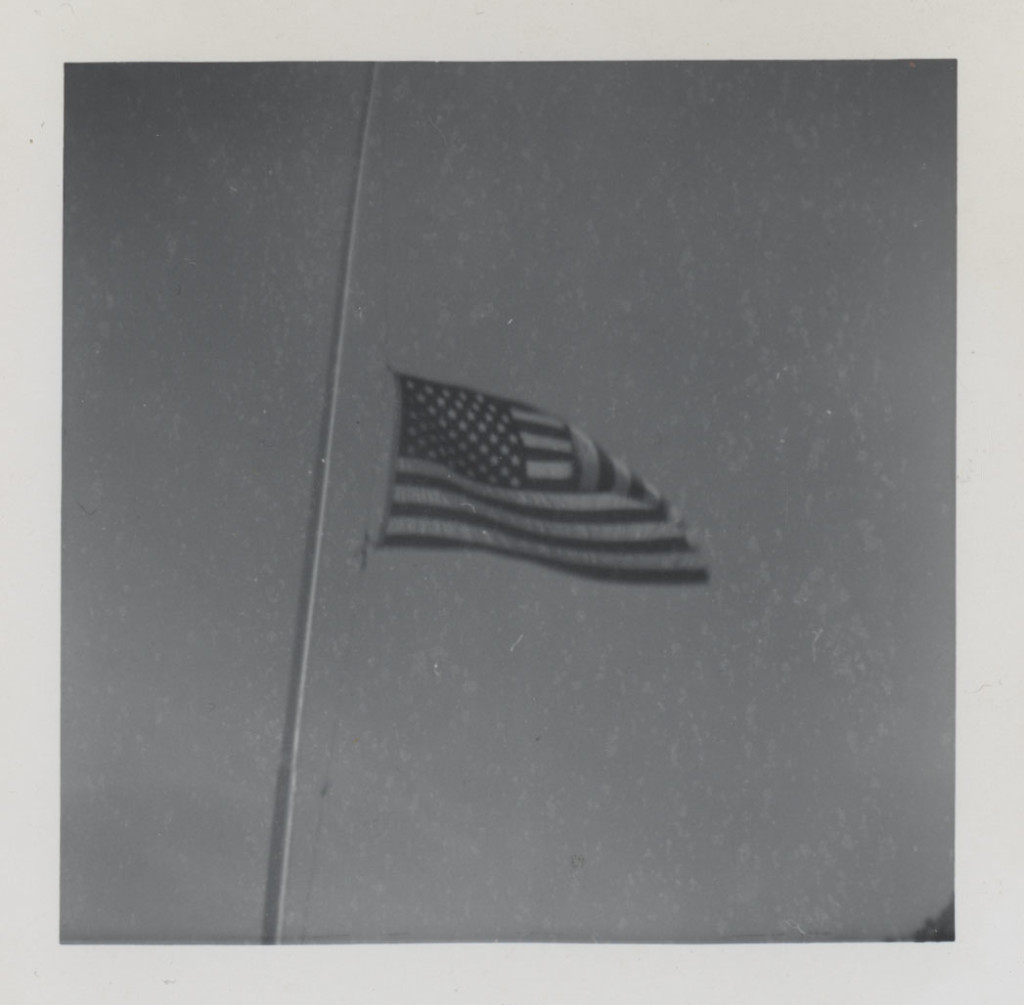As we approach our 25th auction, I've been inspired to reminisce.
I began collecting political items in 1968. I had given my rather modest baseball card collection to my little brother, stamps no longer held my interest, and collecting coins had grown mundane. During that time I remember reading an article in Coinage magazine that featured political buttons – and I was hooked. The 1968 presidential campaign was approaching, the Vietnam War was raging, President Johnson would withdraw from the race, and presidential aspirants as diverse as Richard Nixon, Eugene McCarthy, George Wallace, and Robert Kennedy would capture the headlines and our political imaginations.
I joined the American Political Items Collectors, got hooked up with fellow California collectors, and started attending local APIC shows. And my interest in political memorabilia continued to grow.
While in high school, with the financial help of some dedicated parents, I resurrected the school newspaper. A basic knowledge of the printing process helped me to start The Political Collector, a monthly newspaper for the political hobby, in August of 1971. The Political Collector featured articles on the hobby and offered advertising space, and helped with expenses through my college days at the University of California San Diego. I sold the newspaper in January of 1975.
The next 13 years were spent working as a salesman for my parents' concrete company in Santa Cruz. But my passion was always presidential memorabilia, and I continued to collect, buy and sell politicals, attend APIC shows and spend my free time scouring antique shops, shows, and flea markets.
Fast forward to 1988.
I will never forget the day I went to my post office box in Capitola to find The Letter with a return address from Mrs. Shenk in Oakland. I was sad to learn that Dr. Morris Shenk has passed away, but excited that the family had indicated that I might be considered to sell his political collection, which at the time was among the finest in the country.
My first mail bid auction closed in July of 1988 and featured Dr. Shenk's extensive political postcard collection. All the postcards were shot by a local commercial photographer. Each of the 1,412 images was hand-cut with a pair of scissors, then pasted onto blue grid boards with rubber cement. I then had the auction catalogs photocopied and stapled. Bids were accepted by bid sheet or by phone, and my staff of three would pass a huge ledger back and forth on the closing night to record the bids. Invoices were hand-written (even the price realized sheet was hand written). Thank goodness the quality of the items offered was exceptional, because the catalog and the bid process were anything but. It would be the first of 25 catalogs to come.
By the time the third Shenk auction was held in August of 1989 – and with great trepidation – I purchased a rather clunky, large computer (irreverently known as “Bertha”) to record the bids, and an annoyingly noisy dot matrix printer (reverently known as “Dottie”). Bertha and Dottie worked well together, and we had taken a major step in reducing clerical errors and saving hundreds of hours of labor.
The Shenk collection spanned five auctions – the last closed in January of 1990 and featured the Doctor's collection of political sheet music. Still all black and white photos, but the quality was getting better and Dottie and Bertha continued to make my life easier.
Since then, I have featured the collections of Tom Berg, Ed Gillette, Joel Farley, Bonnie Gardner, Don Bryce, John Gingerich, Marshall Goldberg, and Bob Westerman, as well as hundreds of individual consignments from collectors throughout the country. And the ever reliable Dottie and Bertha – may they both rest in peace – have been replaced with state of the art computers, a publishing system that's second to none, and an easy to use online bidding program (although we continued to accept – and still do – bid sheets and phone bids for our computer-resistant customers).
Around 2006 it became feasible to print a full color catalog. The color process wasn't cheap, but it wasn't prohibitively expensive as in years past. Quality full color photography enabled the bidder to have a clear and accurate image of auction lots in the catalogs and online.
We are proud of the strides we've made, especially in the last few years. The credit goes to Nathan Sims, my trusted business partner, whose tireless work ethic, skills and creativity have enabled us to produce professional catalogs and a quality integrated online bidding system that has virtually eliminated errors and returns. Together, we've developed and refined our catalogs into the magazine style format featured in our latest catalogs, where the emphasis is on clarity of descriptions, overall readability, and quality of photography.
Technology sure changes rapidly these days, and with those advances and the appreciated suggestions of our customers, we will strive to embrace newly available tools and technology to make our catalogs and online retail and auction websites a pleasure to use.
As we get ready to launch our 25th auction of political memorabilia, I'm also reminded of the things that don't change. My passion for politicals has only grown since that day I discovered the hobby in the pages of Coinage in 1968, and my appreciation to be able to daily engage with a group of collectors who share my passion is a true joy.
We hope that you enjoy Auction #25, and are able to find an elusive item for your collection. As we all know, that's what it's all about.
- - -
Auction catalog subscriptions are available online here, or you can call us at 800.372.0605 to subscribe over the phone.
Auction #25 goes online Wednesday, October 30th, 2013 at 9am PST. Catalog subscriptions are not required to bid online.
If you didn't already register for our previous auction, you may do so by clicking here.





